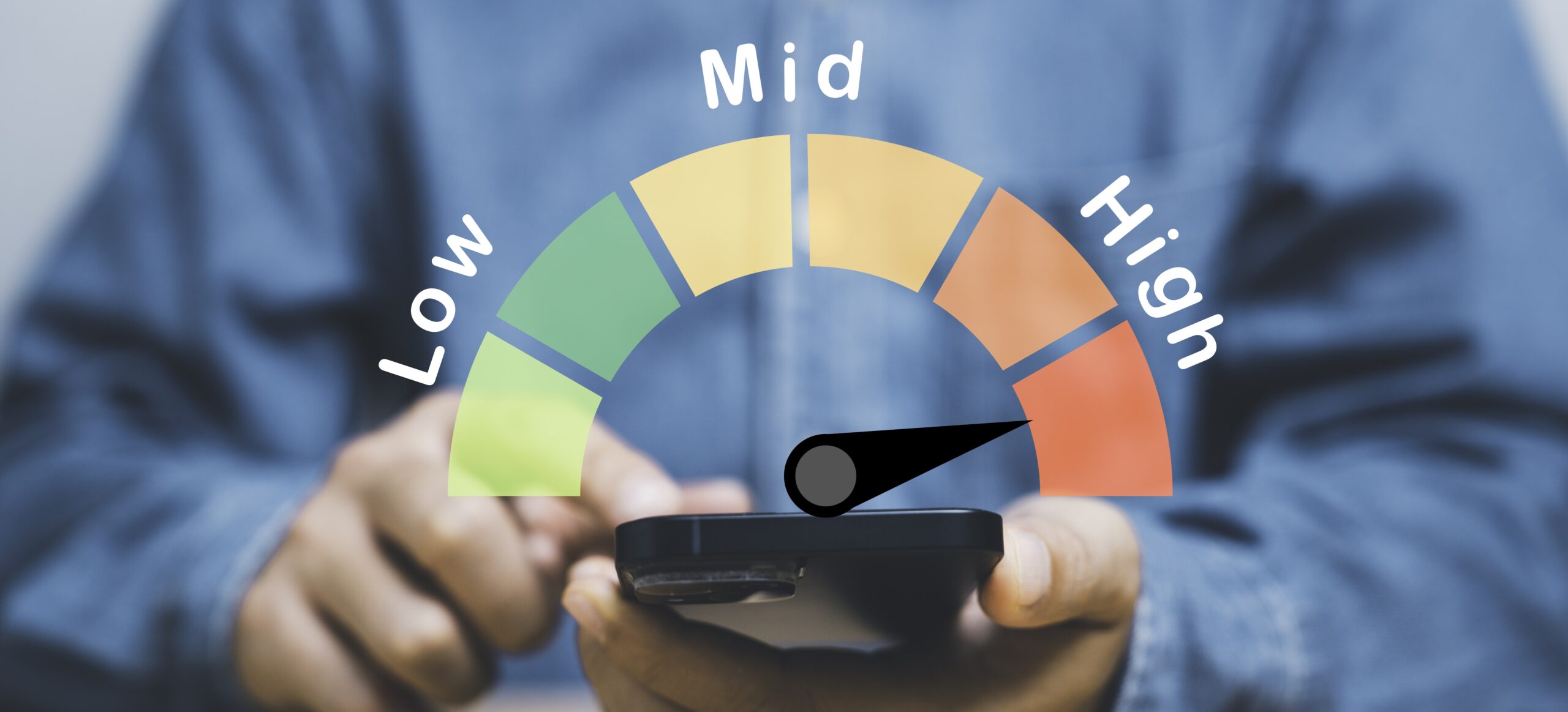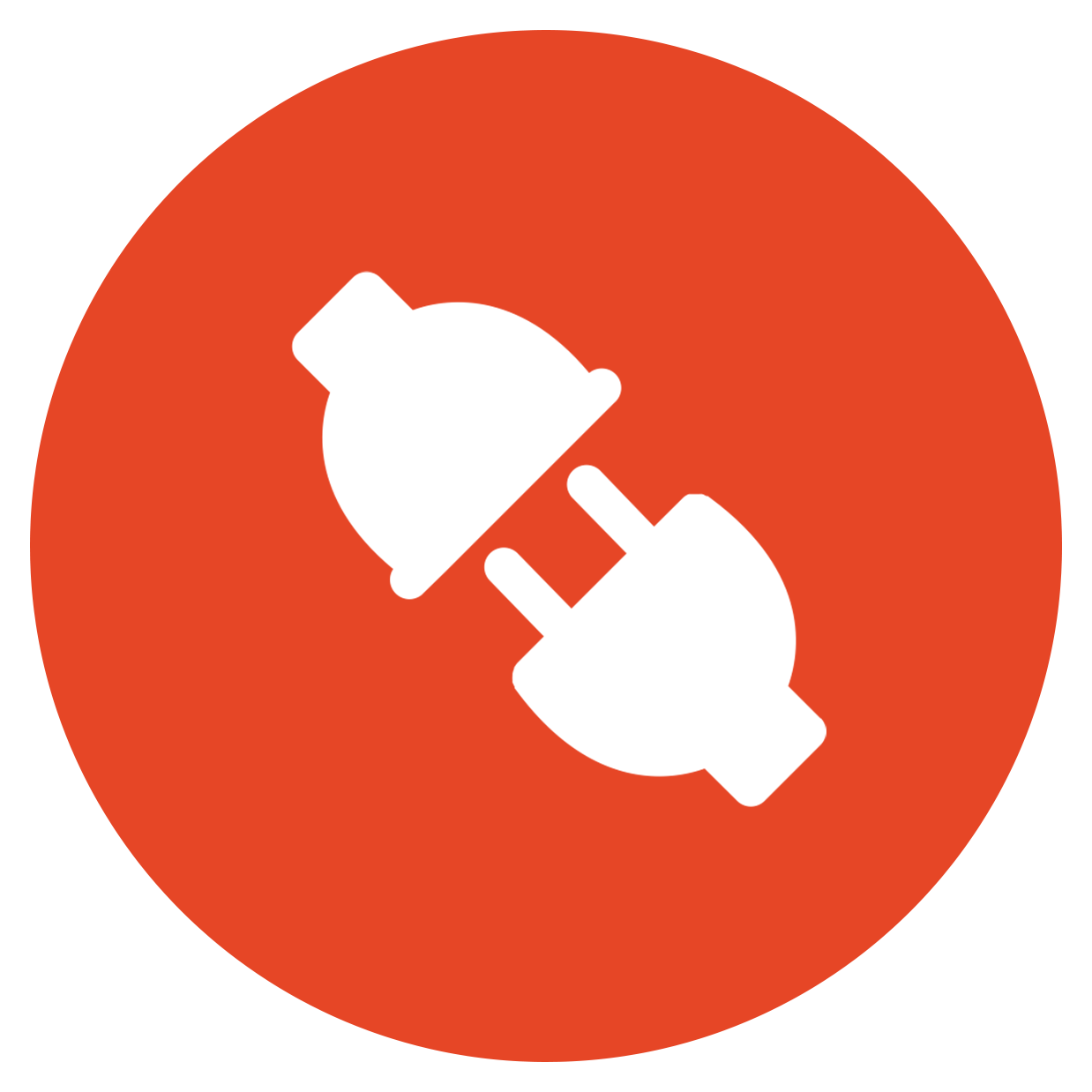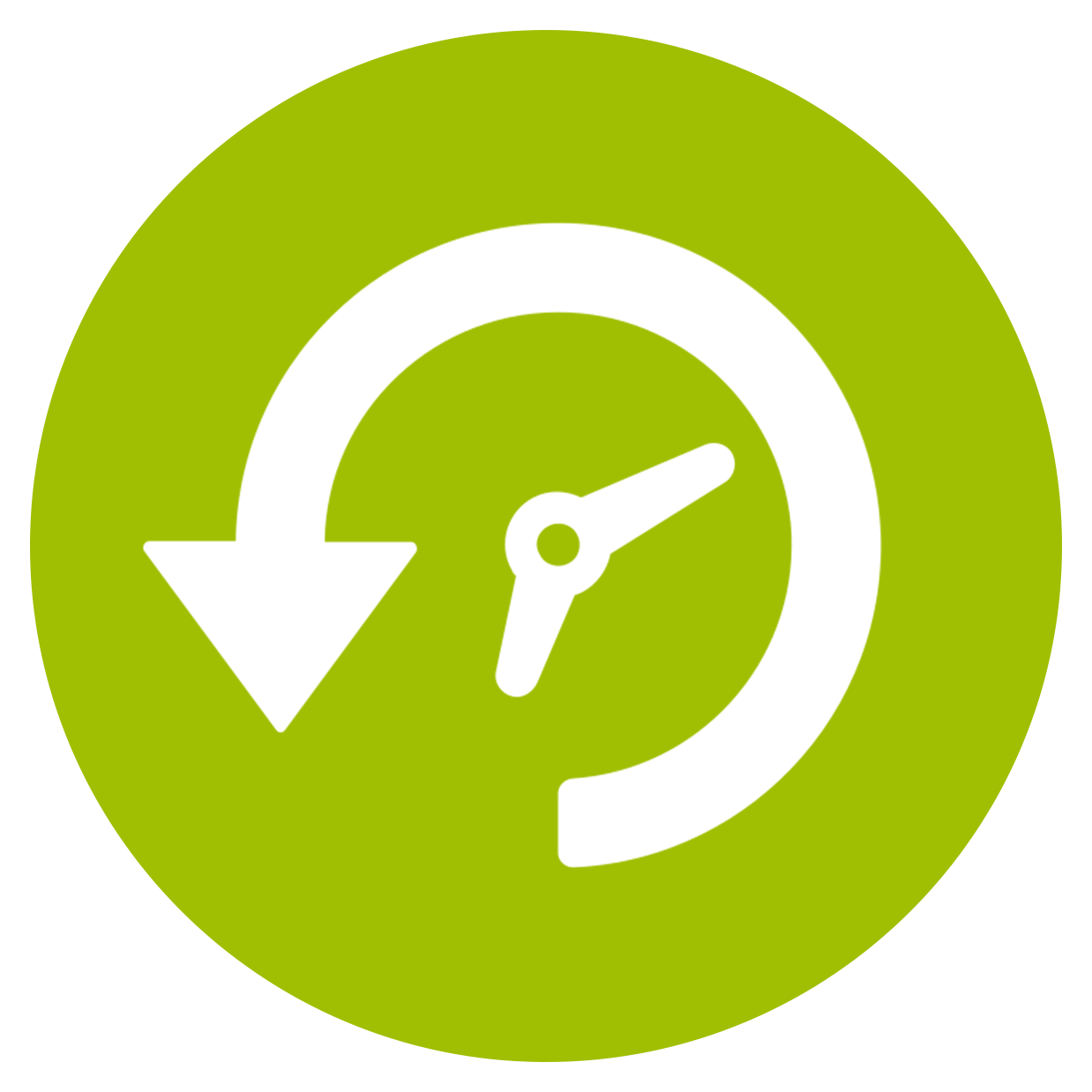NPS Survey Best Practices – Our Guide to Understanding Net Promoter Score

Table of Contents
Key Takeaways:
- Personalizing customer survey invitations and timing them appropriately based on recent customer interactions significantly boost response rates and improve the accuracy of feedback. Tailoring the survey experience to each customer makes them feel valued and increases their willingness to participate.
- Selecting customer-preferred channels for distributing NPS surveys, such as email, in-app, SMS, or social media, ensures that the surveys reach the intended audience effectively. Matching the distribution method to customer preferences and behaviors leads to more representative and comprehensive feedback.
- Implementing automation in the distribution, collection, and analysis of NPS surveys streamlines the process, ensures consistency, and provides real-time insights. Automation reduces manual efforts, minimizes errors, and allows businesses to quickly act on feedback.
Using Best Practices when conducting Net Promoter Score (NPS) surveys ensures the collection of reliable and actionable data. Best Practices aid informed decision-making by providing an accurate picture of customer satisfaction and loyalty.
Goals of NPS surveys: Enhancing response rates and actionable feedback
Before you undertake any customer feedback program, you must first be clear about what the goals of the program are, and what success will look like. Is your objective to build your customer base? Is it to get your customers to do more business with you? Is it to ensure you are consistently living up to your customers’ expectations, no matter how they do business with you?
If, like many businesses, you are using the research tool of Net Promoter Score (NPS) surveys to reach these goals, there are a number of essential elements needed to ensure the validity of the process and optimize the likelihood of your program’s success.
Enhanced response rates and actionable feedback are two of the primary imperatives of an NPS survey program, as they contribute to a comprehensive understanding of your customers’ thoughts and feelings about their experiences with you.
High response rates ensure a more representative sample of customer opinions, reducing biases and enhancing the reliability of the data. At the same time, the systematic collection of actionable feedback allows you to pinpoint specific areas of strength and opportunities for improvement, then follow through to improve performance.
Designing Effective NPS Surveys
The design of your survey is directly related to its effectiveness in accurately gauging customer satisfaction and loyalty. An effective NPS survey provides clear, actionable insights by asking the right questions in a concise, targeted manner.
Well-designed surveys can reveal critical areas for improvement, highlight strengths, and guide strategic decisions to enhance customer experiences.
They encourage higher response rates and more accurate feedback by being user-friendly and engaging.
A survey with confusing, ambiguous questions doesn’t provide any guidance for making changes, and it can be an added frustration to your members!
Key Components of NPS Survey Design
Key components of NPS survey design include a clear and concise core question, a consistent rating scale, and an open-ended follow-up question.
The core question in an NPS survey asks respondents how likely they are to recommend your product or service to others. Generally this response is based on the experience of a particular transaction. It uses a 0-10 scale to quantify customer loyalty.
This standardization allows for easy comparison and benchmarking.
A follow-up question to the NPS or “would you refer” question is often necessary to make use of the response. The follow-up question elicits insights that help you understand the reasons behind the scores, or the drivers behind the customer’s feelings toward you.
In addition, the survey design should be user-friendly and accessible across different platforms to maximize response rates and ensure the data collected is representative and reliable.
Financial consumers experience their banking institutions in many different channels today. To get a clear and complete picture, you need to capture customer views across the entire breadth of your organization.
Customizing Surveys for Your Brand
Customizing NPS surveys for your brand involves tailoring the survey questions, design, and distribution to align with your brand’s unique identity and customer interaction points.
Incorporating brand-specific language, visuals, and context, makes the survey more relevant and engaging to respondents, encouraging higher participation and more genuine feedback.
People are inundated with unwanted ads and messages. You want to increase the odds that your survey invitation doesn’t fall through the cracks, or (more realistically) get buried in an Inbox. Personalization is one key way to get their attention, as well as reflecting a trustworthy brand.
Customization also means addressing specific customer touchpoints and experiences unique to your business, which can provide deeper insights into particular areas of customer satisfaction and loyalty.
Ensuring that the survey is consistent with your brand’s tone and style reinforces brand recognition and trust, paving the way for more actionable and brand-specific insights.

Conducting NPS Surveys
Even the most well-designed survey can be useless if it is not employed appropriately. A sound methodology for conducting NPS surveys will ensure the reliability and validity of the data collected.
A well-structured methodology includes clear guidelines on sample selection, timing, and frequency of surveys, as well as standardized question formats.
This consistency helps in capturing the representative and comparable data required to accurately assess customer sentiment over time.
A robust methodology also minimizes biases and errors, leading to more actionable insights.
Relationship vs. Transactional Surveys
Relationship surveys and transactional surveys serve distinct purposes and are used at different points in the customer journey. Using both types strategically helps in capturing a comprehensive view of the customer experience and improving overall customer satisfaction.
When to Use Each Type
Relationship surveys are typically conducted periodically, such as quarterly or annually, to gauge overall customer sentiment and loyalty toward your brand.
They help in understanding long-term customer satisfaction and identifying trends over time.
In contrast, transactional surveys are administered immediately after a specific interaction or transaction, such as after a purchase, customer service call, or product delivery.
These surveys provide immediate feedback on the customer’s recent experience, allowing businesses to quickly address any issues and improve specific touchpoints.
For example, transactional surveys can provide feedback on a specific frontline employee’s behaviors, prompting immediate, targeted training to strengthen a particular service skill.
Examples of Both Types in Practice
A bank might conduct relationship surveys on an annual or bi-annual basis to assess overall customer satisfaction and loyalty.
These surveys could include questions about the customer’s general experience with the bank, satisfaction with various banking products (such as savings accounts, loans, or credit cards), and the quality of customer service.
Typical questions might ask customers how likely they are to recommend the bank to others, how they feel about the bank’s reputation and their overall satisfaction with the range of financial services offered.
This feedback helps the bank identify long-term trends and areas for strategic improvement.
Transactional surveys, in contrast, are sent out immediately following specific interactions with the bank. For instance, after a customer visits a branch for a transaction, they might receive a survey asking about the friendliness and efficiency of the service they received, the wait time, and the clarity of the information provided by the staff.
Similarly, a bank might send a survey following an online banking session, inquiring about the ease of use of the online platform, the speed of transaction processing, and any issues encountered.
This immediate feedback allows the bank to address specific problems and enhance particular customer touchpoints, such as branch services or online banking experiences.
Best Practices for Sending Surveys
Adopting best practices for sending customer surveys helps to maximize response rates and the collection of high-quality feedback.
Employing best practices related to timing, targeting, and delivery of surveys enhances the reliability of the data collected. It also demonstrates respect and consideration for the customer, fostering positive relationships and improving overall customer engagement.
Optimal Timing and Frequency
Optimal timing and frequency for sending NPS surveys are critical to obtaining accurate and actionable feedback while maintaining customer engagement.
Sending relationship surveys on a regular basis, whether quarterly, annually, etc., ensures that the feedback reflects customers’ long-term sentiments and loyalty.
This timing helps in tracking changes over time and identifying emerging trends. Transactional surveys, on the other hand, should be sent immediately after a specific interaction or event, such as a purchase, service call, or bank visit, to capture the customer’s immediate reaction while the experience is still fresh in their mind.
Balancing the frequency of surveys is also important to avoid survey fatigue, ensuring customers remain willing to provide feedback without feeling overwhelmed.
By strategically timing and spacing out NPS surveys, businesses can gather meaningful insights without burdening their customers.
Right Audience Segmentation
Right audience segmentation increases the likelihood that NPS survey feedback is relevant and actionable. Segmenting the audience allows businesses to tailor the survey questions to specific customer groups, resulting in more precise insights.
For instance, a bank might segment its customers by account type (e.g., savings, checking, loans) or by interaction type (e.g., branch visit, online banking, customer service call). By targeting these distinct groups, the bank can address the unique experiences and needs of each segment.
Moreover, segmentation helps in identifying key differences in satisfaction levels and loyalty among various customer demographics, such as age, geographic location, and transaction frequency.
This targeted approach enables businesses to implement more effective strategies for improvement, as they can prioritize issues that are most impactful for each customer group.

Strategies to Increase Response Rates
A high NPS survey response rate helps to ensure the feedback your collecting is representative of your entire customer base, providing a comprehensive view of customer satisfaction and loyalty.
With a higher response rate, the data is more reliable and less susceptible to biases that can arise from a small, non-representative sample. This robustness in data allows you to make more informed decisions and implement improvements that truly reflect the needs and experiences of your customers.
A high response rate also indicates strong customer engagement, reflecting your customers’ feeling that their opinions are valued.
Building Trustworthy Surveys
Getting a high rate of response on your surveys starts with the design of your survey. If it doesn’t reach the intended target, or is quickly shrugged off once it gets there, you’ve invested a lot of resources in something that isn’t going to be much help.
You want to give your survey every advantage when to comes to catching and keeping your customers’ attention.
Personalization and Branding
Personalization and branding enhance a survey’s trustworthiness and credibility in the eyes of your customers.
Personalization involves tailoring the survey to reflect the individual customer’s interactions and experiences with the brand, making the questions feel more relevant and specific.
This can include addressing the customer by name, referencing recent transactions, or acknowledging their history with the company.
Branding involves incorporating your company’s visual identity and tone of voice into the survey design. Consistent use of logos, colors, and brand messaging reassures customers that the survey is an official and integral part of their relationship with the brand.
Together, personalization and branding promote a sense of familiarity and trust, encouraging customers to provide honest and thoughtful feedback.
Ensuring Survey Simplicity
A survey’s simplicity has a direct impact on response rates and the quality of the feedback it returns. A simple, straightforward survey minimizes the effort required from respondents, making it more likely that they will complete it.
This involves using clear and concise language, limiting the number of questions, and avoiding complex or ambiguous queries.
A well-designed survey should focus on the core NPS question, followed by a few targeted follow-up questions to gather specific insights. Additionally, the survey should be easily accessible on multiple devices, allowing customers to complete it at their convenience.
By prioritizing simplicity, you can reduce respondent fatigue and frustration, leading to more accurate and reliable data collection.
Choosing the Right Distribution Methods
The distribution method you employ for your NPS surveys can significantly impact response rates and the diversity of the feedback collected.
By selecting the appropriate channels based on customer demographics and preferences, you increase the likelihood of obtaining representative and actionable insights.
At the same time, using the right distribution methods helps minimize biases and ensures that the feedback reflects the views of a diverse customer base.
Email, InApp, SMS, etc.
Choosing the best survey distribution methods is critical for reaching a wide audience and ensuring high response rates.
The channel selected depends on your customer base and the context of their interactions with the brand, such as their preferences and resources. By providing a number of channel options, you can make your survey accessible and convenient for all respondents.
Email is a widely used method due to its familiarity and the ability to reach a large number of customers efficiently; it allows for personalized messaging and can be tracked for follow-up reminders.
InApp surveys, integrated directly within mobile or web applications, capture feedback in real-time, targeting customers while their experience is fresh, which can lead to more accurate responses.
SMS surveys offer immediacy and convenience, especially for reaching customers who may not regularly check their email or use the app.
Additionally, social media surveys can engage customers on platforms where they are already active, and QR code surveys can be utilized in physical locations for instant feedback.
Tailoring Delivery to Audience Preferences
Tailoring the delivery of your NPS survey to your customers’ preferences can maximize engagement and response rates.
Different customer segments may have varying communication preferences, so understanding these preferences allows for more effective survey distribution.
For instance, younger, tech-savvy customers might prefer receiving surveys via InApp notifications or social media, while older customers might be more responsive to email or even SMS. High-value clients may appreciate personalized email surveys, reflecting a more bespoke approach to their feedback.
By aligning the survey delivery method with customer preferences and behaviors, businesses can enhance the survey experience, encourage higher participation, and gather more accurate and actionable insights.
Timing for Sending Surveys
The timing of sending NPS surveys is crucial for obtaining accurate and meaningful feedback from customers. Surveys sent too soon after an interaction may not capture the full customer experience, while those sent too late risk missing important details or losing relevance. Optimal timing ensures that the experience is still fresh in the customer’s mind, leading to more precise and thoughtful responses.
Consideration of the customer journey and touchpoints can help determine the best moments for sending surveys. Well-timed surveys not only enhance response rates but also provide businesses with timely insights to address issues promptly, improve customer satisfaction, and build stronger customer relationships.
Avoiding Survey Fatigue
Survey fatigue occurs when customers are overwhelmed by frequent or lengthy surveys, leading to lower participation rates and less thoughtful responses.
To avoid this, you should strategically time your surveys to ensure they are not sent too often. Keeping surveys concise and focused on key questions helps to respect respondents’ time. It’s also beneficial to communicate the purpose and importance of the survey, demonstrating how previous feedback has led to tangible improvements.
Offering varied formats and interactive elements can also make surveys more engaging. By being mindful of survey frequency and design, you can maintain customer goodwill and continue to receive valuable, actionable insights.
Aligning with Customer Touchpoints
By integrating surveys at strategic points in the customer journey—such as immediately following a purchase, after a customer service interaction, or upon the completion of a service—you can gather insights specific to each interaction.
This approach ensures that the feedback is fresh and actionable, as it is directly linked to the customer’s recent experience.
Aligning surveys with touchpoints also helps identify specific areas for improvement and strengths within different stages of the customer journey.
For example, a survey sent after an online purchase can provide insights into the user experience of the website, while a post-service call survey can assess the effectiveness of customer support.
This targeted feedback gives you the intel needed to make precise adjustments that enhance the overall customer experience and boost satisfaction and loyalty.

Automating NPS Surveys
Automated NPS surveys are growing in popularity as businesses recognize the benefits of leveraging technologies like AI to streamline customer feedback processes.
With advancements in survey software and integration capabilities, companies can now automate the distribution, collection, and analysis of NPS surveys seamlessly.
This shift allows businesses to maintain consistent engagement with their customers, ensuring timely feedback after key interactions without manual effort.
Benefits of Automation
Automating Net Promoter Score surveys offers a number of benefits. First, it streamlines the process, saving time and resources that would otherwise be spent on manual data collection and analysis.
Automation enhances the accuracy and efficiency of data collection, providing real-time insights that are crucial for swift decision-making and continuous improvement.
Additionally, automated NPS surveys can be personalized and targeted more effectively, leading to higher response rates and more meaningful feedback.
Automated NPS surveys ensure consistency in data collection, reducing human error and bias, which leads to more accurate and reliable results. They also enable real-time feedback, allowing companies to promptly address customer concerns and improve their services.
Automation also facilitates easy integration with customer relationship management (CRM) systems, providing a comprehensive view of customer satisfaction and loyalty. This integration helps businesses to quickly identify trends, segment customers based on their feedback, and tailor their strategies accordingly.
Overall, automating NPS surveys enhances efficiency, accuracy, and responsiveness, ultimately contributing to better customer experiences and informed decision-making. However, be conscious that you do not sacrifice personalization in the name of efficiency.
Your customers want to know that there is a real person listening to what they have to say!
Triggering Surveys After Key Milestones
A triggering event for a customer survey is a specific action or occurrence that prompts the initiation of the survey.
This event can vary depending on the context and objectives of the survey, but it generally involves a significant interaction or milestone in the customer’s journey with a company or service.
In the case of a bank or credit union, triggering the deployment of NPS surveys after key financial milestones can significantly enhance your understanding of customer satisfaction and loyalty during pivotal moments.
Such timely feedback enables financial institutions to swiftly address any emerging issues, recognize and reward loyal customers, and refine their strategies to better meet customer expectations. In addition, correlating financial data with NPS scores can uncover valuable patterns and trends, offering a more comprehensive view of customer behavior and satisfaction.
Examples of Trigger Events
By sending surveys following events such as product purchases and account openings, or after reaching certain spending or savings thresholds, banks and credit unions can capture immediate feedback linked to specific financial interactions.
This approach provides contextually relevant insights, helping to pinpoint the direct impact of these milestones on customer sentiment.
To illustrate: When a customer receives notification that their loan application has been approved, the financial institution can trigger a survey to gather feedback on the loan application process.
The goal of this survey would be to understand the customer’s experience with the loan application process, identify any pain points, and reveal insights to improve the process for future loan applicants.
The survey would first ask the NPS question:
On a scale of 0 to 10, how likely are you to recommend our loan services to a friend or colleague?
Then, follow-up questions might include:
- What is the primary reason for your score?
- What did you like most about the loan application process?
- What could we improve about the loan application process?
- How satisfied were you with the clarity of the information provided during the application process?
- How satisfied were you with the assistance provided by our staff during the application process?
- Did you encounter any difficulties or issues during the loan application process? If yes, please describe them.
- How would you rate the speed of the loan approval process?
Note that the specific follow-up questions the respondent receives could be conditioned on whether their score identifies them as a promoter, passive, or detractor.

Closing the Feedback Loop
“Closing the feedback loop” in an NPS survey program means taking action on the feedback received from customers and ensuring that their concerns, suggestions, and positive comments are addressed. This process is crucial for improving customer satisfaction and loyalty.
The process of closing the feedback loop involves several key steps:
- Acknowledging Feedback: Responding to customers to let them know their feedback has been received and appreciated. This can involve sending a personalized thank-you message or an acknowledgment email referencing their particular experience.
- Analyzing Feedback: Reviewing and categorizing the feedback to identify common themes, issues, and opportunities for improvement. This may involve analyzing scores and comments from promoters, passives, and detractors. More advanced survey programs can also provide a sentiment analysis based on the text of customer feedback.
- Taking Action: Implementing changes based on the feedback. For example, if customers consistently mention a specific pain point in the loan application process, the financial institution might streamline that part of the process or provide additional training to minimize the friction.
- Communicating Changes: Informing customers about the actions taken as a result of their feedback. This shows customers that their input is valued and can help to build trust and loyalty. It also gives them a sense of ownership and efficacy from having made a contribution to improvement of the institution.
- Following Up: Reaching out to customers who provided feedback, especially detractors, to ensure their issues have been resolved and to demonstrate a commitment to continuous improvement. Sometimes all an upset or frustrated customer wants is someone to listen to them. Following up shows empathy, something that can be all-too absent from customers’ experiences today.
By closing the feedback loop, you are taking active steps to improve customer satisfaction, reduce churn, and build stronger customer relationships. It demonstrates a commitment to listening to customers and making tangible improvements based on their input.
Importance of Responding to Feedback
Responding to survey feedback is essential for sustaining strong customer relationships and driving continuous improvement.
When companies actively acknowledge and address feedback, it demonstrates that they value their customers’ opinions and are committed to enhancing their experience. This responsiveness can significantly boost customer satisfaction and loyalty, as customers feel heard and appreciated.
It is almost worse to ask for customer feedback and then not show any visible action taken on it. Soliciting feedback creates an expectation that you are listening to what the customer has to say.
If there is no tangible evidence that is the case, it will only contribute to your customers’ frustrations and make them that much more likely they will go to a business that does more than give lip service to customer feedback.
On the other hand, visible responsiveness to customer feedback can encourage customers to interact with you on a more regular basis.
There are always a certain number of customers who tell you what they think or feel about the service you are providing. A well-administered, comprehensive survey program ensures that ALL voices – not just the loudest – are being heard.
A full, clear picture of your entire customer base provides the actionable insights that can guide product development, service enhancements, and overall business strategy. It also helps identify and rectify issues promptly, preventing potential customer churn. By closing the feedback loop, businesses can foster trust and transparency, which are essential for long-term success.
At the end of the day, responding to survey feedback does more than make individual customers happy; it leverages their insights to create a better, more customer-centric organization.
Using Feedback to Enhance Customer Relationships
Utilizing NPS survey feedback to enhance customer relationships is a strategic approach that can yield substantial benefits for businesses.
By actively listening to customer feedback, companies can gain a deep understanding of their needs, preferences, and pain points. This information is invaluable for tailoring services and products to better align with customer expectations.
Implementing changes based on feedback demonstrates a company’s commitment to continuous improvement and customer satisfaction, fostering a sense of trust and loyalty.
Additionally, positive feedback can be leveraged to reinforce strengths and celebrate successes, while negative feedback can be addressed to mitigate dissatisfaction and prevent churn.
By engaging with customers through NPS survey feedback, businesses can create more personalized and meaningful interactions, ultimately strengthening their relationship with their customer base and driving long-term success.
In a sense, an NPS survey program facilitates a continuous conversation, rather than a one-time interaction, between a financial institution and its customers.
By providing a structured way to gather, respond to, and act on customer feedback, this process creates a dialogue that helps build trust and strengthen the relationship between the institution and its customers.
In Summary
Adopting best practices for Net Promoter Score surveys ensures that surveys are designed and deployed effectively, capturing genuine customer sentiment without bias.
By following proven guidelines, you can measure customer loyalty with reliable data, inform strategic decision-making with insights from the data, and track performance over time.
It may be easy to put together an NPS survey, but it’s not always easy to make sure it’s done right! Make it easy on yourself and leave it to the CX experts. Get in touch today and we’ll start building your own NPS program to get you to your CX goals.
Have More Questions? Reach Out to Our Team Of Experts
Net Promoter®, NPS®, NPS Prism®, and the NPS-related emoticons are registered trademarks of Bain & Company, Inc., Satmetrix Systems, Inc., and Fred Reichheld.















